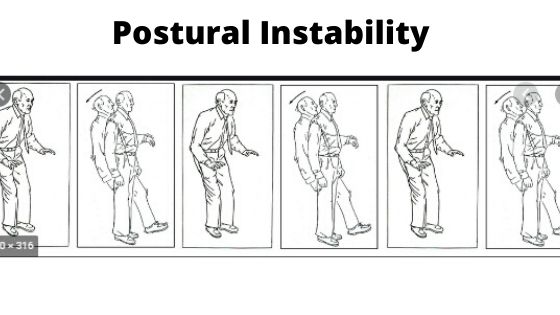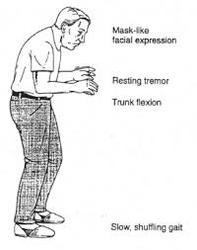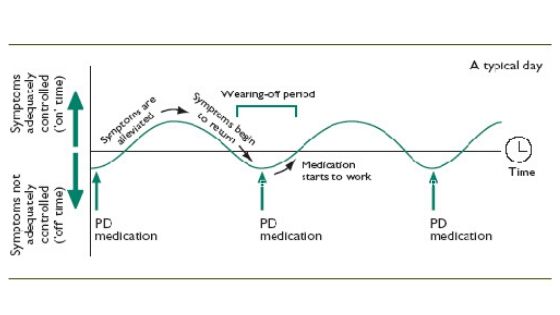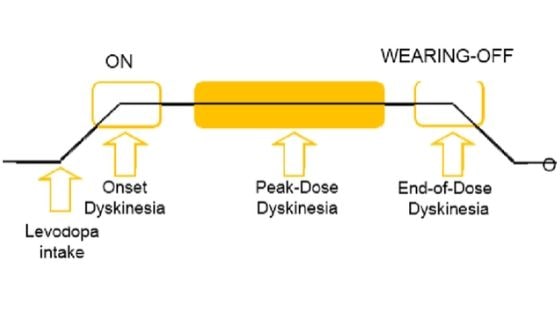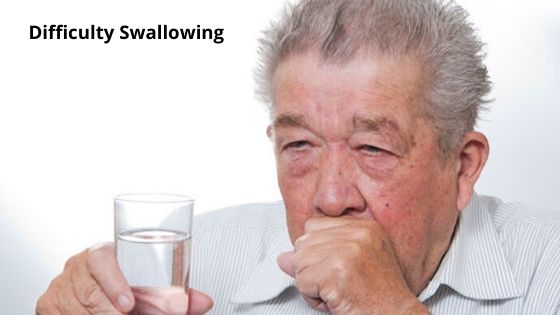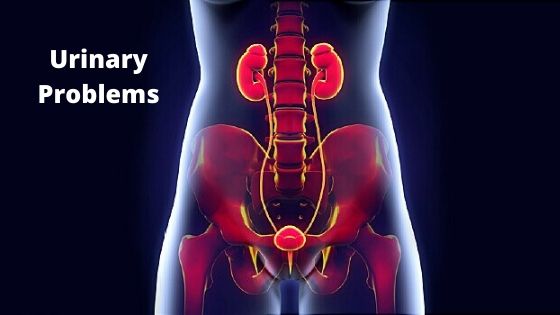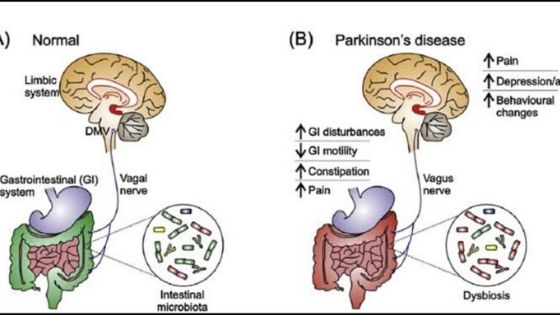Parkinson’s disease (PD) even to date essentially remains a clinical diagnosis and there are no definitive laboratory tests or brain scans to confirm the diagnosis. Most of these tests are diagnosed to eliminate other diseases that mimic PD.
Parkinson’s is a progressive disease and below are the cardinal motor symptoms
1. Resting Tremors
Resting tremors are the most common form of tremors associated with Parkinson’s disease. They occur when the muscles are relaxed and still, such as when the patient is lying in a bed or when their hands are resting on their lap. It is one of the noticeable prime symptoms of Parkinson’s disease.
Resting tremors can also be ‘pill-rolling’ tremors, due to the actions of the tremor resembling the motion of rolling a small pill between the thumb and index finger.



